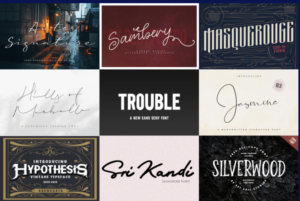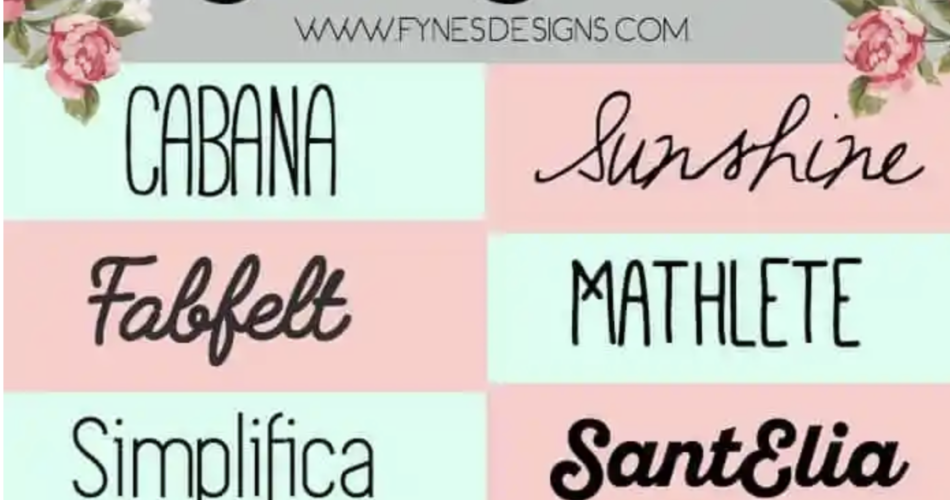While free fonts offer a plethora of design possibilities, designers must navigate potential challenges and considerations before incorporating them into their projects.

free fonts
Contents
Quality Concerns
Not all free fonts are created equal. Quality can vary significantly, with some lacking the meticulous detailing found in premium alternatives. Designers must exercise discernment, carefully selecting free fonts that align with the visual aesthetics and standards required for their specific projects. Thorough testing and scrutiny are essential to ensure readability and visual coherence.
Licensing Restrictions and Commercial Use
The allure of free fonts can be tempered by licensing restrictions. Designers need to be vigilant about the licensing terms associated with each font. Some may restrict commercial use, while others may demand attribution. Ignoring these terms can lead to legal complications. Clear comprehension of licensing agreements is paramount to responsibly incorporating free fonts into commercial projects.
Limited Support and Updates
Free fonts might lack the robust support systems and regular updates provided by premium font services. Designers relying on free fonts should be prepared for potential limitations in terms of character sets, language support, and bug fixes. Staying informed about updates and actively participating in relevant communities can help mitigate these challenges.
Popular Free Font Resources: Exploring the Typographic Landscape
Navigating the expansive world of free fonts requires a compass, and several online platforms serve as guiding stars for designers seeking diverse and quality typefaces.
Google Fonts:
Google Fonts stands as a prominent and accessible resource, offering a wide range of free fonts that seamlessly integrate into web projects. With an intuitive interface, designers can explore fonts based on various parameters, including popularity and language support.
Font Squirrel:
Font Squirrel provides a curated collection of high-quality free fonts that are ready for commercial use. The platform’s easy-to-use search and filtering options make it a valuable tool for designers looking for fonts tailored to their specific needs.
Dafont:
Dafont, a user-friendly repository of free font, boasts an extensive library categorized by styles and themes. While not all fonts on Dafont are open for commercial use, it remains a go-to platform for finding unique and eye-catching typefaces.
Trends in Free Font Design: Riding the Wave of Typography
Typography, like any design element, evolves with trends. fonts are not exempt from these shifts, and designers can leverage current typographic trends to infuse modernity into their projects.
Variable Fonts:
The rise of variable fonts allows for dynamic adjustments in weight, width, and other attributes within a single font file. This trend provides designers with enhanced flexibility and control over the visual aspects of their typography.
Geometric and Minimalist Fonts:
Influenced by modern design aesthetics, geometric and minimalist fonts continue to gain popularity. These fonts offer simplicity, clean lines, and versatility, making them suitable for a wide range of applications.
In the subsequent sections, we’ll delve into practical tips for effective font usage, showcase interviews or case studies, and discuss the future trajectory of free fonts in the design landscape.
